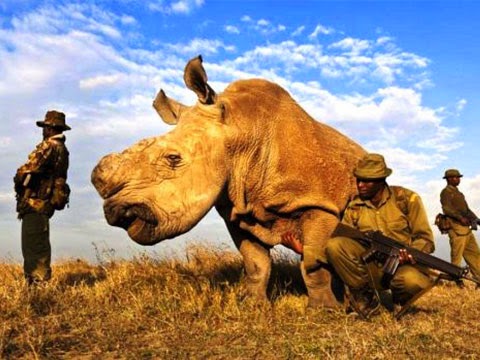Savanna definition
 |
| Tropical Savanna with zebras and African Thorn Acacia trees |
Savanna vegetation
Their vegetation consists of a sparse amount of trees, some of these trees like the Whistling thorn, which can grow up to 18 feet tall, and the African umbrella thorn acacia (shown below) which can grow up to 65 feet tall.
 |
| African Thorn Acacia next to jeeps |
Precipitation and temperature
The annual precipitation changes every year, here is the average annual precipitation in Brasilia's tropical savannas.
The monthly precipitation tends to be around 100-250 milimeters of rain monthly during the spring, while dropping to lower 30's and 20 milimeters a month during the summertime and rising back up to 100-270 milimeters monthly during autumn. Averaging about 150 centimeters of rain annually. Temperatures tend to average in the higher 20's degrees celsius. But can go as low as 10-20.
Organisms within the savanna
Local consumers within African tropical savanna are African Elephants, African Lions, Amur leopard, Black rhinocerous, cheetahs, Dama Gazelles, Flamingos, Masai Giraffes, Ostriches, African Zebras, and Springboks.Local producers within the region are Acacia Sengal, Baobab, Bermuda Grass, Candelabra Tree, Elephant grass, Gum Tree Eucalyptus, Jackalberry Trees, Jarrah Tree, Kangaroo Paw, Manketti Tree, River Bushwillow, Umbrella Thorn Acacia and Whistling Thorns.
.jpg) |
| Alerted zebra |
The secondary consumers are flamingos, amur leopard, and cheetahs.
The tertiary consumers are the African Lion and the cheetah, they eat secondary animals listed before them, and African lions and cheetahs will sometimes fight eachother, and usually, the lion would win because of shear power.
.jpg) |
| Lion sunbathing |
.jpg) |
| Fungi growing on the side of a tree |
An example of mutualism within this enviroment is termites and Jackal Berry tree, the termites provide a good source of moisture for the tree, and in return for that moisture, the tree's roots will give termites protection against predators.
An example of commensalism is when the lions eat their prey, they leave some leftoevers, then, the hyenas like to go to it and eat the leftovers. The lion isn't hurt and isn't benefitted.
Ticks exist in the savanna, and they like to drink the blood of elephants, the elephant is hurt, possibly getting some diseases from the tick, and the tick is benefitting from the nutrient rich blood.
 |
| Reserve gaurds protecting a endangered rhino. |
Tourism within the savanna
If you're planning to visit the savanna, you can do so, but have caution, because there are lions and hyenas and other animals that would be hostile to you. Using a caged jeep would be a good way to observe this enviroment. There are areas where you could not visit, like national reservers with endangered species due to poachers killing animals like elephants and rhinos for their ivory. These endagered species would often be protected by guards, and will shoot on sight if they see anyone with any malicious intent.Enviromental problems
One enviromental problem in the savanna are poaching, there are many poachers in the savanna, mainly aiming for ivory from elephants and rhinos. In fact, everyday 96 elephants are killed for their ivory. The rest of the body is left there to rot.
Another enviromental problem is the wildfires happening in the savanna, they can spread very quickly because of the dry plants, and long grassland areas allow fires to spread from tree to tree.
.jpg) |
| Wildfire in the savanna |
Solutions to human poaching
The poaching problem is being countered, as there are many asian governments banning the sale of ivory and the poaching of animals, which is usually punishable by a 10,000$ fine, 5 years in prison and a hunting license revocation. One chinese government acted out by confiscating and shredding 6 tons of ivory making it unuseable.


No comments:
Post a Comment